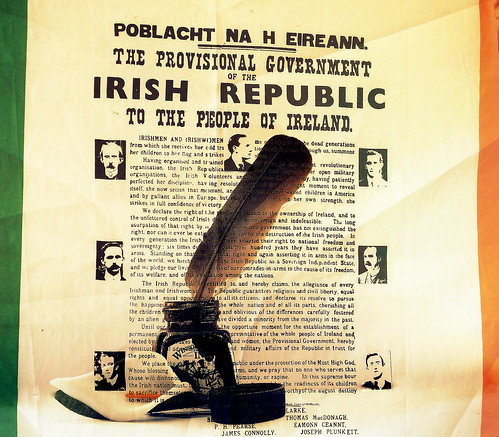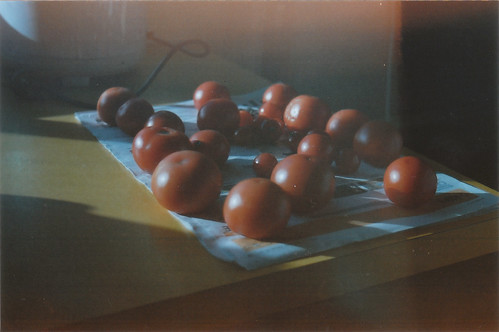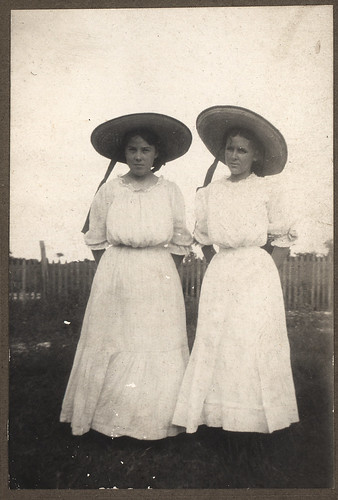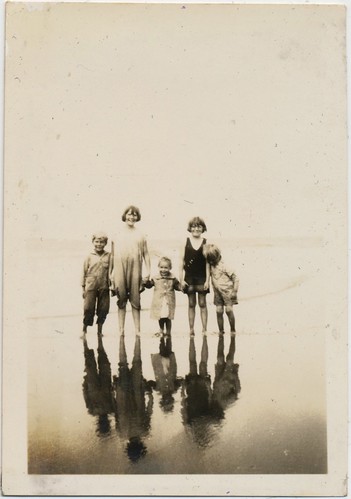Introduction
The Irish Free State was an independent state established
on 6th December 1922
under the Anglo Irish Treaty of December 1921.
That treaty ended the Irish War of Independence between
the forces of the Irish Republic and the British forces.
The Easter Rising in 1916 had not been popular with the public.
But the execution of the leaders, changed people’s minds.
This is the story of two women, with links to Greystones,
who had links to people fighting for Irish freedom
in the lead up to the foundation of the Irish state.
You can read their stories below.
Or you can download a powerpoint of their stories here:
Two Women; Their Story & Their Place in History
Kitty Kiernan
The powerpoint tells the story of Kitty Kiernan.
Kitty was engaged to Michael Collins.
They got engaged in The La Touche Hotel on Saturday, 8th October 1921.
Locals say they were planning to buy ‘Brooklands’ on Trafalgar Road,
and live there after they married.
Kitty hoped to have a double wedding with her sister Maud,
who was due to marry her fiancé Gearóid O Sullivan.
Michael Collins was assassinated at Beal na Bláth, County Cork
on 22nd August 1922.
At his funeral there were hundreds of wreaths
but only one floral tribute was allowed on the flag-covered coffin;
a single white peace lily.
It was from Kitty Kiernan.
Two months later, in October 1922,
Kitty attended Gearóid and Maud’s wedding,
dressed in black,
as she continued to mourn the loss of Michael Collins.
Sinéad De Valera
The powerpoint also tells the story of Sinéad De Valera.
Sinéad and her children lived in Greystones,
at Craig Liath, Kinlen Road, in the Burnaby
for five years from September 1917 until October 1922.
Craig Liath was originally called Howbury.
If you are looking for it in the Burnaby it is called Edenmore now.
Éamon fought in the 1916 Rising.
In a note from De Valera to his wife Sinéad, written from Boland’s Bakery he wrote:
‘If I die pray for me. Kiss our children for me. Tell them their father died doing his duty.…
We showed that there were Irish men who, in face of great odds would dare what they said’.
.
Her husband Éamon was sentenced to death after the 1916 Rising.
This sentence was commuted to penal servitude for life.
After the Rising, Éamon De Valera was taken prisoner.
On 8 May 1916 he was sentenced to death for his part in the Rising.
Later that sentence was commuted to life imprisonment.
Their fifth child Ruairí De Valera was born on 3rd November 1916
while his father was still in prison.
Having spent time in Mountjoy Jail in Dublin, Dartmoor Jail, Devon,
Maidstone Jail, Kent, Lewes Jail, Sussex and Pentonville Prison
on 16 June 1917 he was released from prison under a general amnesty.
In October 1917 he was elected President of Sinn Féin
In his book, ‘De Valera, A Will to Power’, Ronan Fanning explains
‘As president of Sinn Féin, De Valera was voted an annual salary of £500 a year
that enabled him to improve the material circumstances of his family he was to see so rarely before 1925 –
they now had five children – by renting a house in Greystones, on the railway line fifteen miles south of Dublin’.
Éamon went to America to raise funds
for the fight for Irish freedom.
Michael Collins visited the family every week,
bringing money and food parcels.
The De Valera’s eldest children Máirín De Valera
said that the
‘younger children could not remember my father
– my mother overheard Brian and Ruairí discussing him,
‘Who is Dev?’
‘I think he’s Mummy’s father’’
So Sinéad kept their large family together
during the times her husband was in jail,
in America,
on the run,
or busy with politics.
Her son Terry De Valera in his memoirs
describes his mother’s life as
‘anxious, stressful and exceptionally long’.
Many history books tell the story of
Michael Collins and Éamon De Valera.
We think Kitty Kiernan and Sinéad De Valera
deserve their place in history too.
The Gifford Sisters also found themselves involved
in the struggle for Irish freedom through their husbands.
You can read about their stories HERE.






